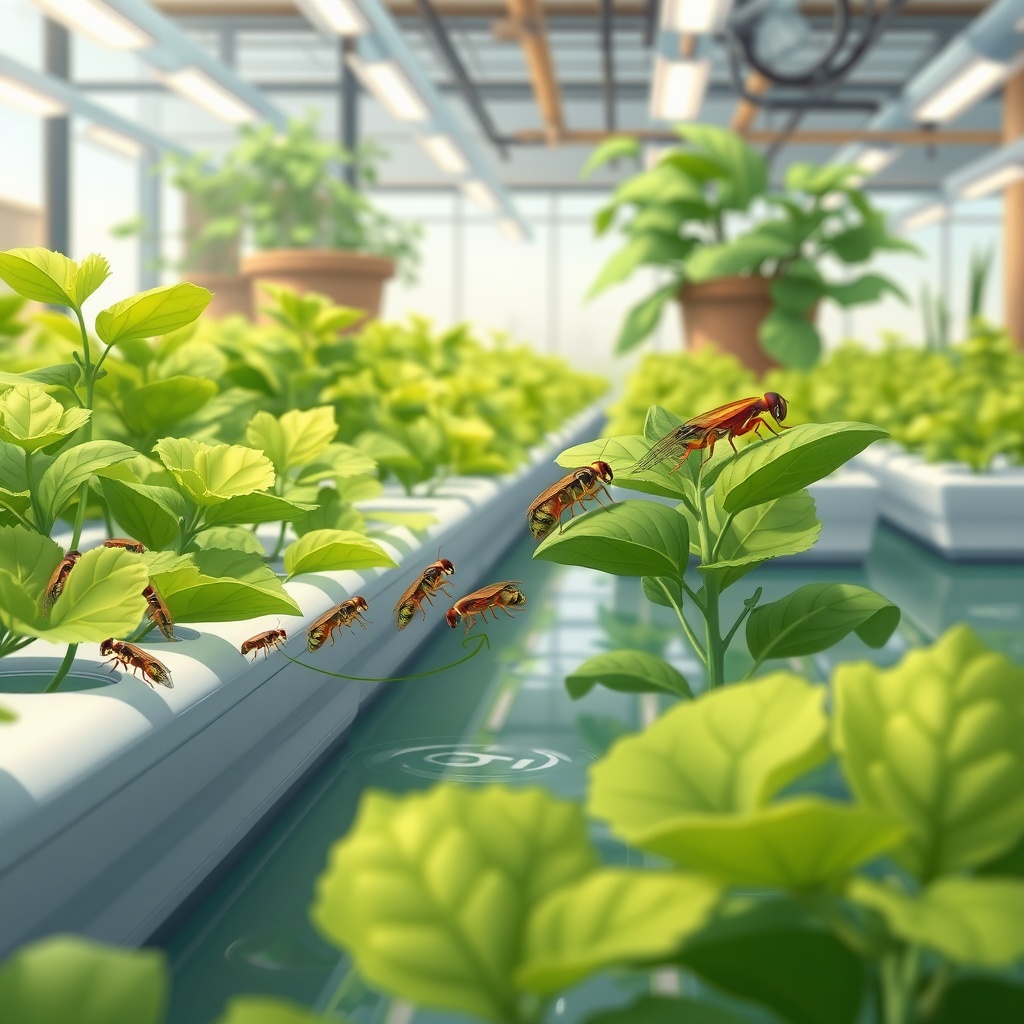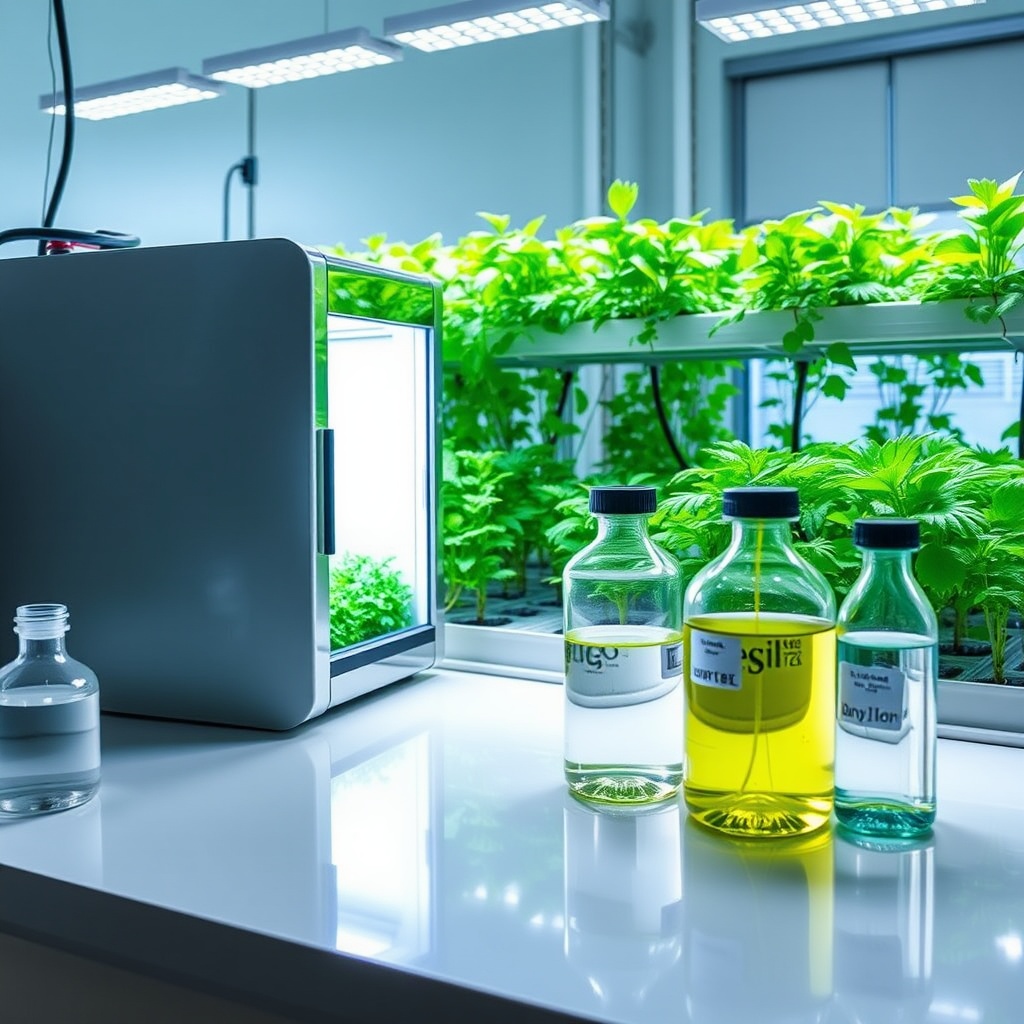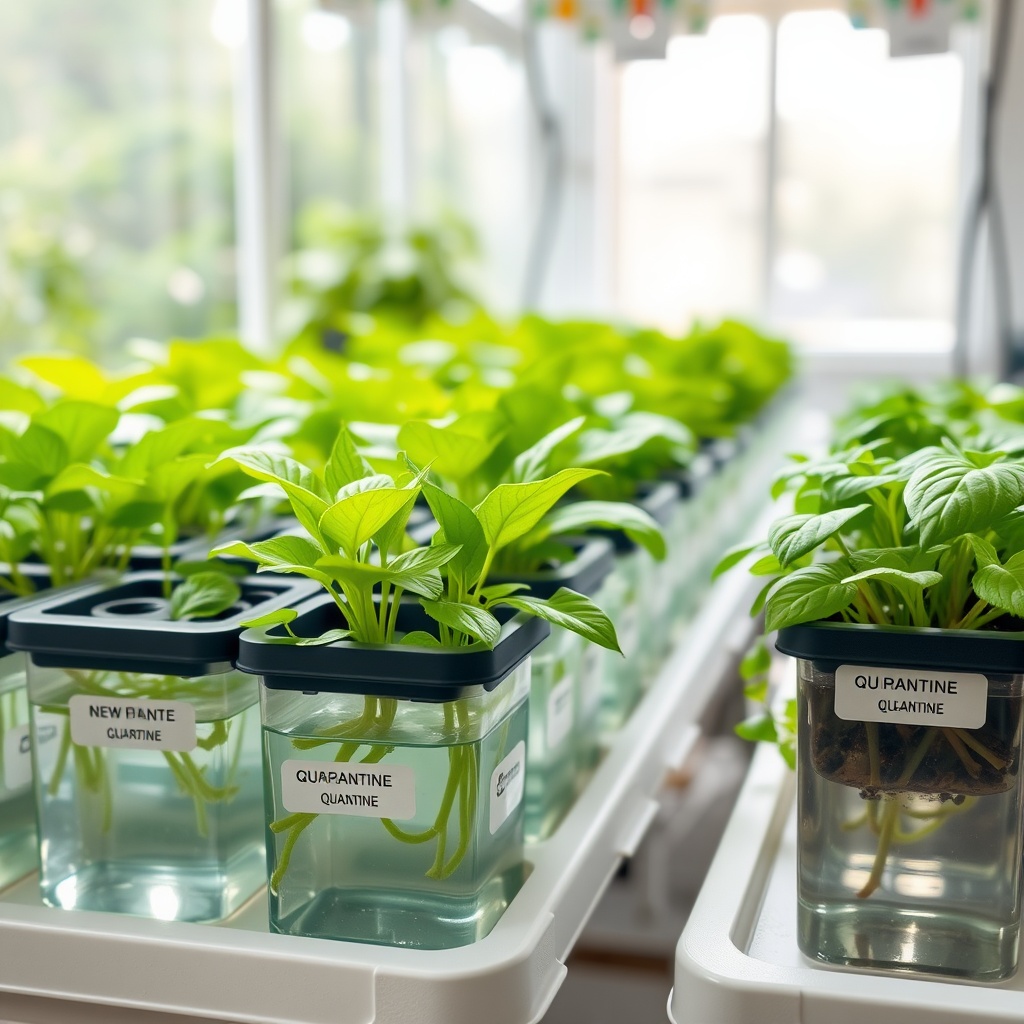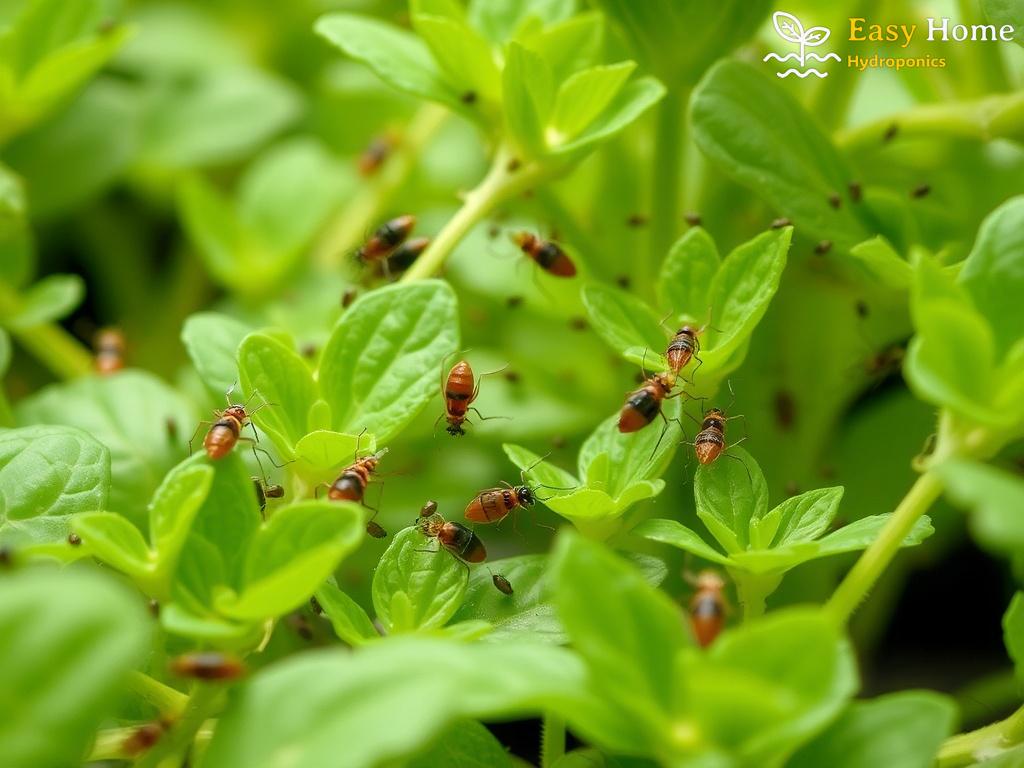Aphids are small, sap-sucking insects that can wreak havoc on hydroponic gardens. Their ability to reproduce rapidly makes them a significant concern for gardeners who rely on hydroponics for their crops. Understanding their life cycle is crucial for implementing effective pest management strategies. In this article, we will explore the stages of aphid development, their impact on hydroponic systems, and practical solutions for prevention and control.
The life cycle of aphids is fascinating and complex, consisting of several stages that can occur within just a few weeks. This rapid life cycle is one reason why aphids can become a problem in hydroponic gardens. Here, we break down the stages of their life cycle:
- Egg Stage: Aphids typically lay eggs during the late fall, which can survive winter conditions. These eggs hatch in the spring, leading to the next stage.
- Nymph Stage: After hatching, aphids enter the nymph stage. Here, they resemble miniature adults and can begin feeding on plant sap.
- Adult Stage: After several molts, nymphs mature into adult aphids. Adult females can reproduce asexually, giving birth to live young without mating, which accelerates population growth.
- Alate Stage: Some adults develop wings (alates) and can disperse to new plants, spreading the infestation.
Managing aphid populations in hydroponic gardens requires a combination of preventative measures and control strategies. Here are some effective methods to combat these pests:
- Regular Monitoring: Frequent checks for aphids can help catch infestations early.
- Biological Controls: Introducing natural predators like ladybugs can effectively reduce aphid populations.
- Neem Oil: This natural pesticide disrupts aphid growth and reproduction.
- Companion Planting: Certain plants can repel aphids or attract beneficial insects that prey on them.
By understanding the life cycle of aphids and implementing these strategies, hydroponic gardeners can protect their crops and maintain a healthy growing environment.




